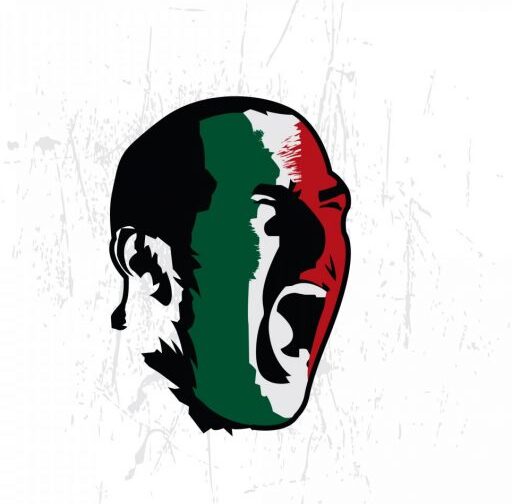February 5 marks the anniversary of football finding its way to Italian households, a day which changed everything about the culture of spectating in Italy.
As with most things in life, there has to be a first time.
On this day in 1950, Italy transmitted it’s first ever football match on television, a game between Juventus and AC Milan in Turin. And incredibly, a 7–1 away win for the Rossoneri was to launch a medium that would become the single biggest source of income for professional football clubs in decades to come.
Back in the 1950’s there was no pay-per-view, satellite stations or pretty silver-screen presenters for a football fan to enjoy and digest each weekend over his freshly-cooked cannelloni. You either went to the stadium to watch your team or you read about the game in the morning newspapers. Television sets were few and far between, mainly found in bars or in shop windows, still mysterious objects that many Italians hadn’t yet properly come to terms with.
But, that February 5 match gave birth to a new era in sporting technological spectating. The game itself turned out to be a classic, as league leaders Juventus were destroyed by second place AC Milan in what turned out to be a mud bath of a pitch and with descending fog.
Despite the conditions, football and TV had fallen in love and there was no going back.
However, it was a very unregulated affair whereby any private TV company could turn up at any football match in Italy and record the action. Journalists and cameramen had complete access to whichever game they wished to report. There were no ‘TV football rights’, it was very much a free-for-all and matches would be usually shown depending on what region the company hailed from.
But, that all changed in 1981 when state channel RAI and the Italian league (Lega Calcio) entered into an agreement regarding the transmission of football. A contract was signed, worth three billion lira, which effectively closed the turnstiles to private TV companies, allowing RAI exclusivity in and around the stadium.
Although this may have come across as pushing those private TV firms out of football, the whole of Italy benefited as Serie A became immediately accessible everywhere on the Pensinsula, and for free.
But as the country’s infatuation for the sport increased, so did opportunities for maximising revenue and making profit, hugely inspired by the UK and the USA with regards to sports and television. Step forward the likes of Silvio Berlusconi.
And so, in 1993 ‘encrypted football rights’, first appeared with the channel ‘TelePiu’ paying for the right to show 28 Serie A games on a subscription basis. Football was no longer completely free for all, the notion of paying to watch a match, sat in your armchair, had been introduced to the viewing public.
This also gave rise to games being played at different times in order to ensure as many people as possible would tune in and pay. Matches were pushed into the evening, after fans had eaten dinner, so they could settle comfortably in their front rooms, on their sofas with friends to enjoy their favourite team on the box.
As years went by, games would also be scheduled on different days and the era of Sky TV and Mediaset, as we now know it, came into being.
Currently, Sky has the rights to satellite transmissions whereas Mediaset owns the terrestrial contract. From 2011, a deal was struck which allowed the satellite company to show each and every Serie A match live and exclusive up until 2015.
Mediaset paid for the right to show live games for 12 clubs, pre-determined at the start of each season, which for 2014/15 were Juventus, AC Milan, Inter, Roma, Napoli, Fiorentina, Verona, Lazio, Genoa, Torino, Atalanta and Palermo.
If you’re a fan of the remaining eight teams, the only way to see your side on TV is by purchasing a Sky dish and subscription.
RAI mainatains the tradition of showing highlights and legendary shows such as 90º Minuto, Stadio Sprint and La Domenica Sportiva still bring the masses (or at least those that decide against paying a subscription) all the Serie A action of the weekend with plenty of debate and interviews.
In terms of costs, the current deal is incredibly complicated and in places quite nontransparent. But to simplify matters, by the end of the contract in place, which is up in 2018, Serie A clubs will have a pot of over €1 billion to split between themselves.
All funded by television. Mind boggling.
And as is always the case in the modern game, it won’t be split equally and some analysts suspect that the difference between the Juventus share and say that of a club like Sassuolo, could be as much as €100 million.
Who’d have thought that in just under seven decades, from those humble beginnings in 1950, with a few cameras in front of a packed Stadio Comunale in Turin, that television and not the fans, would hold the balance of power when it comes to watching and ultimately supporting your favourite football club.
[youtube]http://youtu.be/QcVRj2IJ3CU[/youtube]








